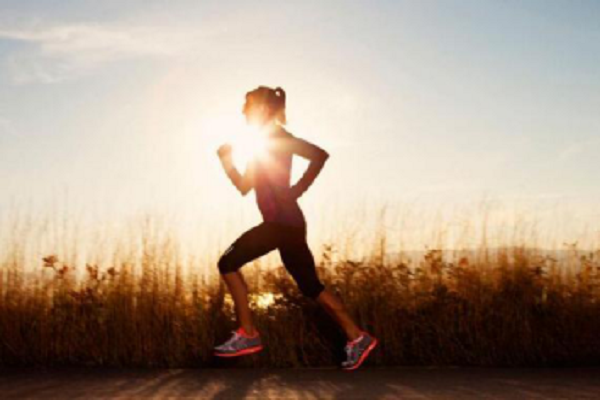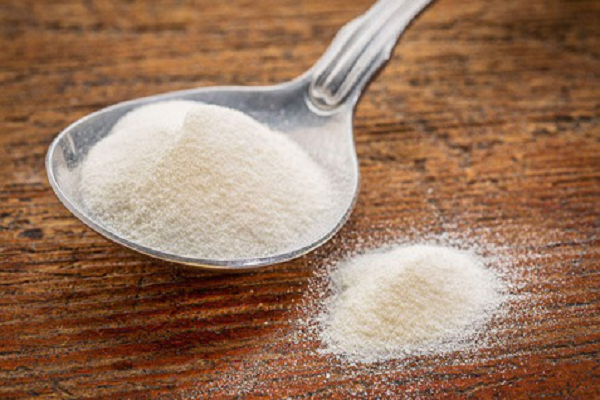One of the guideline for healthy culture of turbot
Collagen is a triple helical protein which can be considered as the bio-glue inside our body; in fact, animal glue can be obtained by boiling the animal skin. Collagen, a major component of connective tissues, exits in the extracellular space of these tissues which are the key reinforcing and bonding materials for all tissues and organs throughout our body, forming rigid structures as such bone, semi-rigid tissues such as cartilage, or soft tissues such as muscle, tendon, skin, ligaments, and cell membranes, etc. There are different forms (fibrillar and non- fibrillar) and types of collagens in the body; Type 1 being the major type constitutes over 90% in our body and is the major component in skin, tendon, vascular ligature, organs, bone (main component of the organic part of bone). Because collagen is an essential building material of all tissues and organs, it has many medical uses, such as in cardiac (hear) applications, cosmetic surgery, bone grafts, tissue regeneration, reconstructive surgical uses, and wound healing care.
Collagen is created inside fibroblast cells, and this process is needed to support the creation and repair of the body`s connective tissues. However, the biological process starts to breakdown when we are aging, normally after we reach the age of late 20s or early 30s. Because collagen from natural sources such as animal, fish scales or plant contain essentially the same amino acid compositions (glycine, proline, alanine, hydroxyproline, glutamic acid, arginine, aspartic acid, serine, lysine, leucine, valine, threonine, phenylalanine, isoleucine, etc.) as human collagen, supplement the body with the natural collagen, either by dermal application or through oral ingestion, can help rejuvenate collagen creation process to support the repairing of aging connective tissues in our body, particularly those in our skin, and to reverse or slow down the aging process for a more youthful appearance.
Collagen Hydrolyzed Collagen,Fish Collagen,Collagen Food,Collagen Cosmetic Nanjing Sunshine Biotech Co., Ltd , http://www.sunshine-bio.com
(II) The main water quality physical and chemical factors in environmental conditions shall meet the following requirements:
1. Water quality: There is no pollution source near the culture area and it does not contain mud. It has low sediment content and clear water quality. It meets the national fishery water quality standard (consult the local fishery administrative department). Well water quality is excellent, without any sediments and dirt. The water quality is transparent and clear. It does not contain harmful heavy metal ions. The sulphide does not exceed 0.02 mg/L. The total number of E. coli is less than 5000/L and the salinity is above 20. In order to test the quality of well water, a small amount of fry can be used to test the fish, and the fry can be cultured again.
2. Light: Turbot is a benthic fish, light should not be too strong, with 500Lux ~ 1500Lux appropriate. The light should be uniform, soft, non-glare, and comfortable. The rhythm of light is the same as natural light.
3. Water temperature: Turbot is a cold-water fish with a tolerance temperature range of 3 °C ~ 23 °C, suitable temperature for breeding is 10 °C ~ 20 °C, 14 °C ~ 19 °C water temperature conditions to grow faster, the best breeding water temperature It is 15°C~18°C.
4. Salinity: The adapted salinity range of turbot culture is wide, with a salinity range of 12 to 40, a salinity of 20 to 32, an optimum salinity of 25 to 30, and an optimal salinity promotion. Cultured under conditions.
5. pH: The pH of the culture water should be higher than 7.3, preferably maintained at 7.6-8.2.
6. Dissolved oxygen: greater than 6 mg/l.
(3) Selection of fry
1. The purchase of fry is the most important part of production, and you should purchase seed more than 5 cm. Before purchasing the seedlings, the broodstock germplasm and technical level of the hatchery shall be inspected and must be purchased from the state-level seed farm or the government-designated nursery farm. The seedlings are required to have complete body shape, no injury, no residue, no deformity and no albino. The seedlings of the same batch were of neat specifications, with the eyes on the left side of the body, and the eyes were green-brown with a bit of melanin and no white smooth side. The surface of fish fry is bright, smooth, no scars, no dark, red symptoms, strong activity, neat silk, no inflammation and parasites.
2. Seed transport: seedlings should be allowed to do food and cooling work ahead of schedule. Nylon bags are generally used for oxygenation and transport time is appropriate within 20 hours. First add about 1/3 of the sand-filtered seawater in the bag, count the fish in the bag, oxygenate it, seal it, and then transport it in a foam box or carton. 10 liters of packaging bags, each bag can hold 50 to 100 centimeters of fry from 5 cm to 10 centimeters in length; 15 centimeters of fry, each bag can hold 30 to 50 tails. During the transportation of fish fry, it is necessary to avoid fish body injury, collision, bag breakage, air leakage, water leakage, and lack of oxygen. When the water temperature is high or the transport distance is long, a small amount of ice should be added to the transport bag.
3. Into the pool conditions: the temperature difference between the fry into the pool should be controlled within the range of 1 °C ~ 2 °C, the salinity difference is within 5. To reduce the stress response of fry.
(d) Fish stocking
1. Stocking density: General stocking density.
2. Control and adjust the culture density: In the actual production, necessary adjustments should be made to the cultivation density according to the exchange of pond water and the growth of fry. There are several factors to consider when controlling the culture density:
(1) When the amount of water exchanged in the pool is less than 6 ranges per day, the density should be properly reduced; when the exchange volume is more than 10 ranges per day, the density can be increased as appropriate; the increase or decrease can also be determined according to the amount of dissolved oxygen in the monitoring water body. density;
(2) Determine whether to adjust density according to the results of weighing the fish every month;
(3) To make full use of the aquaculture area, the fish growth rate in some culture ponds cannot be reduced due to overstocking, nor can the culture area be wasted because the stocking density is too small;
(4) In order to ensure that the stress response occurs in excess of the sub-pool operation, the growth of the fish is affected. Each time the sub-pool and the sub-pool are to be pooled, plans must be made to ensure that the stocking fish is stable for at least one time in a pool. Perform the sub-pool operation.

